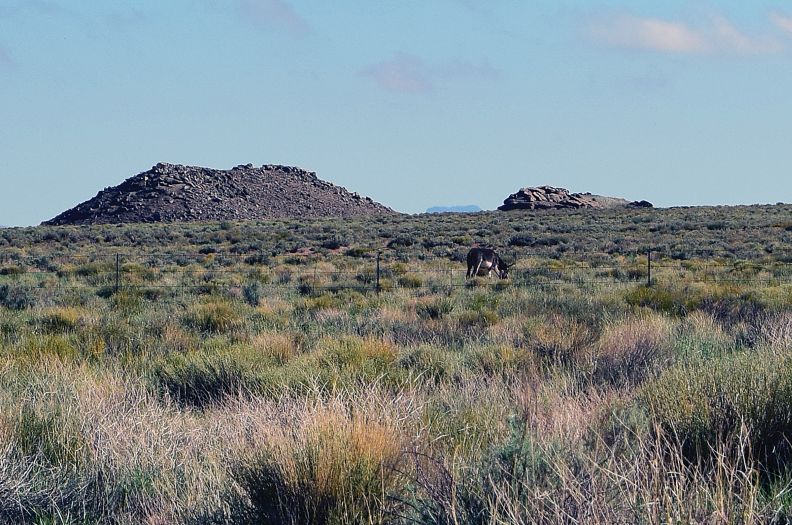Story and photos by Cheryl Hartz
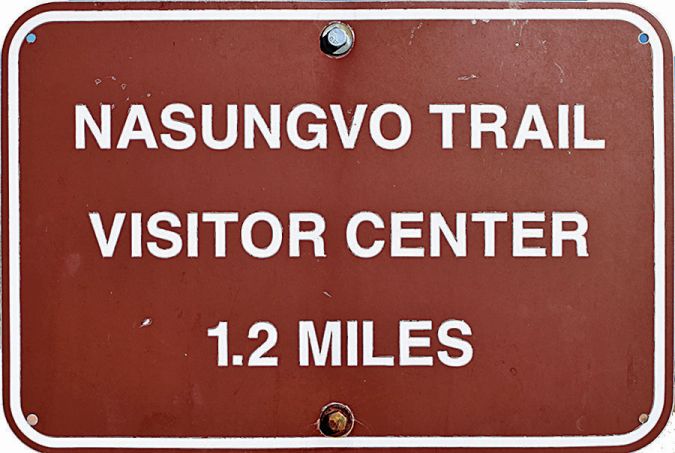
Homolovi State Park is dedicated to the Hisat’sinom, ancestors of the Hopi people, and serves as a research center for the Hopi migration era from 1290 to 1400. The migration ended when the Puebloans settled at the Hopi Mesas north of Homolovi and the area was abandoned. But the Hopi continue to make pilgrimages to their sacred homelands to preserve their rich heritage.
Homolovi is Hopi for “Place of the Little Hills.” Its 4,000 acres are mostly flat and the hills are little. It is also the traditional name for Winslow, Arizona.
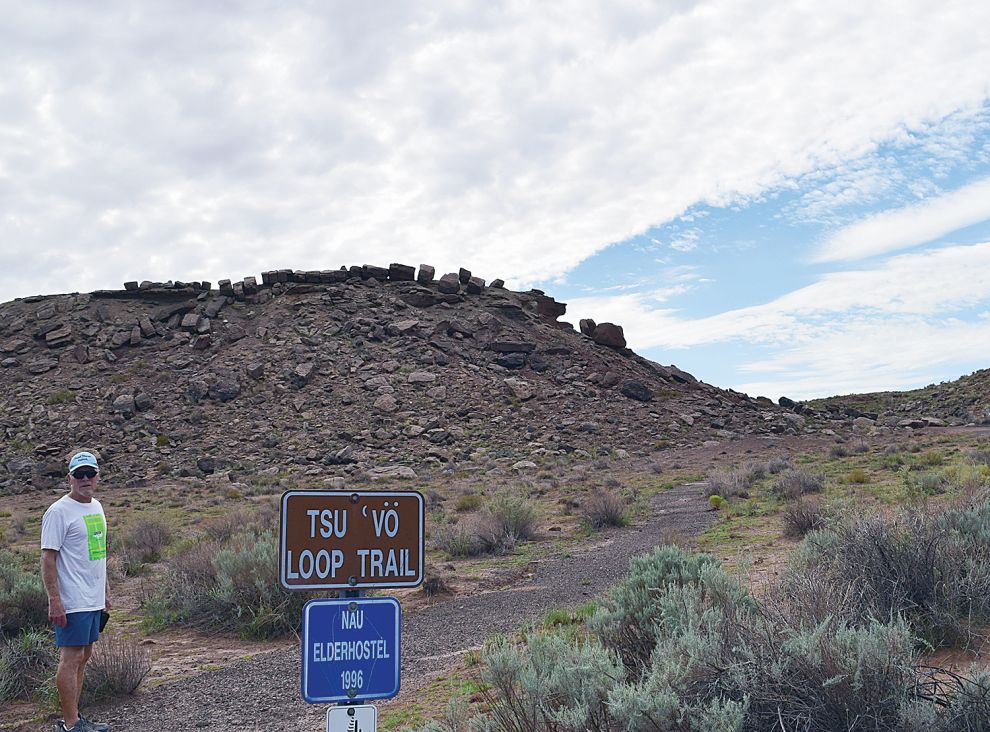
And of course, you won’t want to miss nearby Winslow. It seems everyone’s familiar with the Eagles’ hit that made the town into an icon. Naturally, we got a picture of us “standing on a corner in Winslow, Arizona,” took in a couple of museums and enjoyed a local eatery.
At 4,900-foot elevation, the park is higher than most intense desert areas of the state. On our final night at the campground in August, we experienced a tremendous monsoon thunderstorm that flooded an area just a few feet below our campsite.
The howling wind drove the rain through the peak of our A-frame camper and caused a waterfall in the middle of it. Fortunately, I had extra towels.
We’ve since erected a barrier in case the wind ever drives the rain up and under again. Not likely, but you know – the perfect storm.
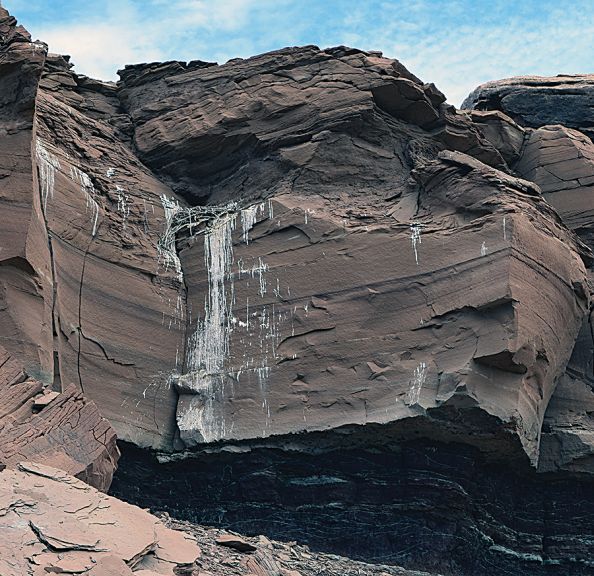
The Little Colorado River runs through the park but is fenced off to protect visitors from unstable banks, quicksand, and strong current. The Hopi ancestors, the Hisat’sinom, built their village on a constructed platform to avoid the river’s flooding.
But we started the week with a short hike on the Homolovi II Trail. The half-mile trail is wheelchair accessible and enters the park’s largest archaeological sites that once contained an estimated 1,200 to 2,000 rooms. Impressive to imagine its history as you gaze at scattered potsherds and remains of rock and adobe walls.
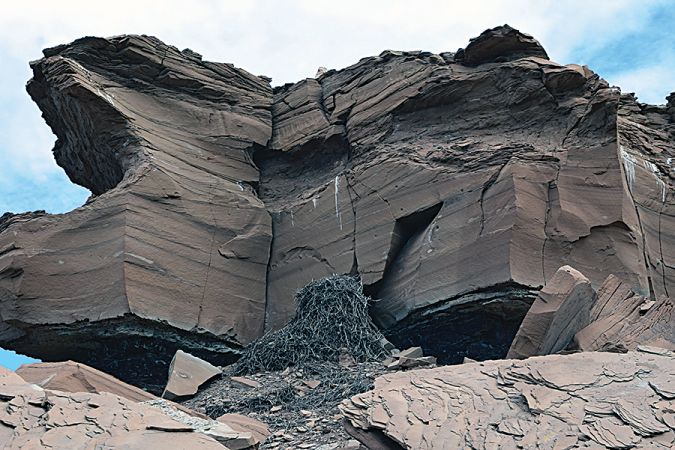
We hiked the 1.2 miles of primitive Nasungv (Place of Rest) Trail across the high prairie grasslands to the Visitor Center. As we walked the sandy trail, we were treated to the sight of wild burros grazing nearby.
The Center, a cool respite, incorporates a small museum of wonderful displays of Hopi history and culture. This Visitor Center is unique because among the usual state park gift offerings, a Homolovi State Park mug featuring story designs by amazing Hopi potter and park ranger, Gwen Setalla, is available.
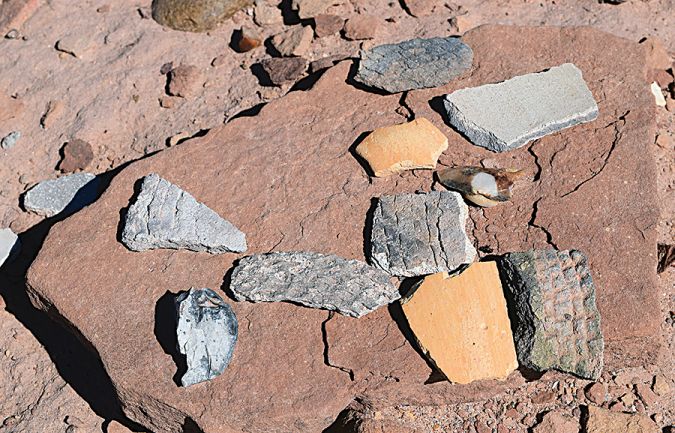
We were fortunate that off-duty Gwen was doing a traditional – and very rare – firing outside the Center that day. She graciously allowed us to watch and ask questions. Later, we went back as she uncovered the homemade kiln to reveal her stunning pots and tiles.
Another day, the half-mile Tsu’v (Place of the Rattlesnake) loop between the park’s twin buttes was the place to observe milling stone areas and petroglyphs. Generations of golden eagles have left a towering nest on the cliff to showcase their homebuilding skills.

We also checked out the 1.5 mile Dine Trail, the high spot with a scenic view.
A not-so-ancient site is the Sunset Cemetery, where family members of 19th-century Mormon missionaries are interred. Sadly, they are exclusively babies and very young men.
The settlers tried to farm the harsh land and stayed from 1876 to 1888. The Little Colorado River eventually reclaimed the abandoned buildings. Happy historical hiking!
